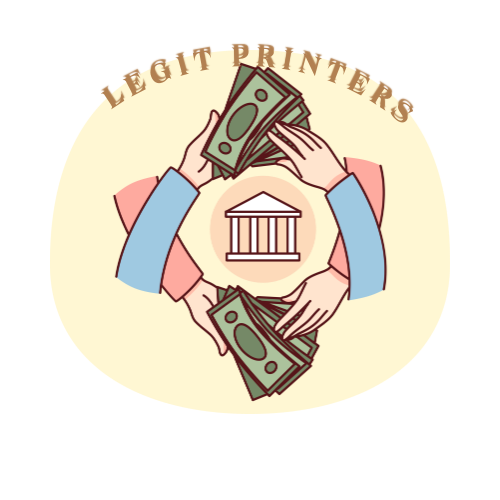- History & Case Studies
- Study major historical counterfeiting incidents and prosecutions.
- Analyze how methods and law enforcement responses evolved.
- Economic Impact
- Estimate economic costs of counterfeit currency on consumers, banks, and national GDP.
- Model effects on inflation, trust in currency, and cash circulation.
- Detection & Forensics (high level)
- Describe forensic techniques used by banks and law enforcement (e.g., optical features, paper/fibre analysis, serial-number tracing) — without instructions for replication.
- Compare detection accuracy of different technologies (UV, magnetic ink readers, image analysis).
- Anti-Counterfeiting Technologies & Design
- Survey security features used by central banks worldwide (watermarks, holograms, microprinting, polymer substrates).
- Evaluate costs and benefits of moving to polymer notes or digital currency.
- Legal & Policy Analysis
- Compare laws, penalties, and enforcement strategies across countries.
- Policy recommendations for improving detection, prosecution, and public awareness.
- Sociology & Criminology
- Examine motivations, networks, and socioeconomic correlates of counterfeiters using court records and interviews (ethical approvals required).
- Study how counterfeit currency flows through informal markets.
- Public Awareness & Training
- Evaluate public knowledge and effectiveness of bank/cashier training programs to detect counterfeit notes.
Data sources and places to search
(Search these terms in library databases, Google Scholar, government and central bank sites.)
- Central bank reports (e.g., Bank of England, Federal Reserve, European Central Bank) on currency counterfeiting statistics and security features.
- Law-enforcement publications (U.S. Secret Service, INTERPOL, national police crime reports).
- Academic literature: keywords like “currency counterfeiting history”, “economic impact of counterfeit money”, “currency security features evaluation”, “counterfeiting forensic analysis”.
- Legal databases for case law and sentencing statistics.
- News archives for documented cases and investigative journalism.
Suggested research question(s)
- “What are the measurable economic impacts of counterfeit currency on small-business transactions in Country X?”
- “How effective are current public-facing detection methods (bank teller training, shopkeeper awareness) compared to automated detection systems?”
- “What policy measures have most reduced currency counterfeiting rates in countries that transitioned to polymer banknotes?”
Sample research design (safe, non-actionable)
- Literature review: summarize prior work, technologies, and legal frameworks.
- Quantitative analysis: use published statistics from central banks and law enforcement to analyze trends over time.
- Qualitative interviews: with bank cash-handling managers, law enforcement, or policymakers (obtain IRB/ethical approval if required).
- Policy evaluation: compare outcomes (counterfeit rates, prosecutions) before/after interventions (e.g., new note series, public campaigns).
Ethical & legal notes
- Do not attempt to recreate, test, or demonstrate counterfeiting techniques. Any experimental work involving currency must follow law and institutional review.
- When interviewing or using court records, ensure privacy and legal compliance.
- Focus on prevention, detection, policy — not on enabling wrongdoing.

